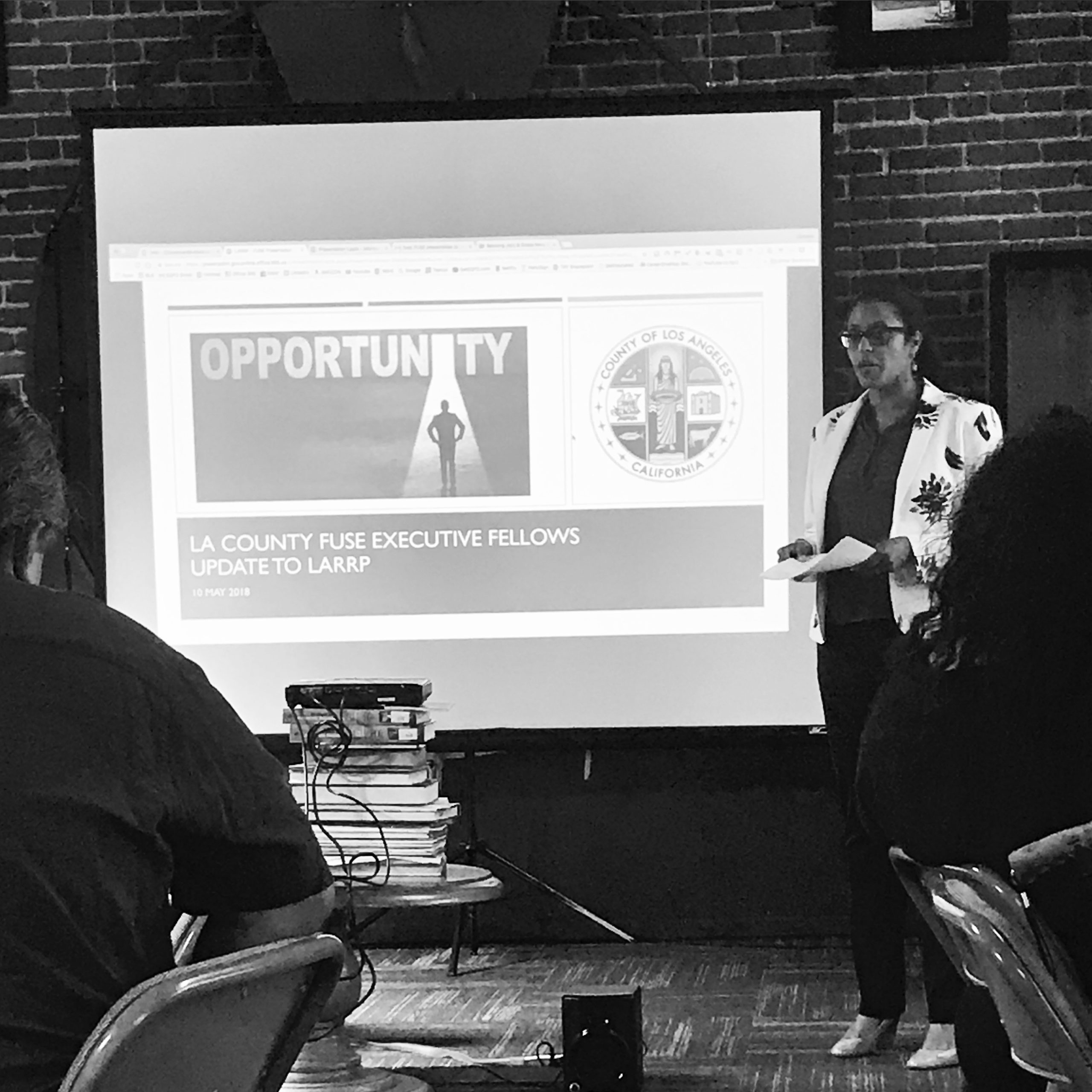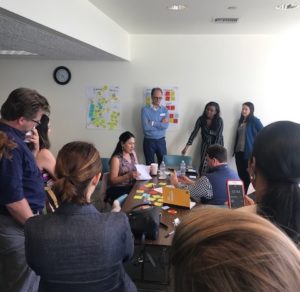
Breaking Down the Challenge
At the highest-level, Thatch has started identifying the barriers that organizations face for recruiting the thousands of people necessary to fill these positions. Diagnosing the challenges allows the county to provide better support and services to the community-based organizations that will be doing the hiring. She has focused on what she calls “pre-capacity” activities — work that needs to be done before organizations even have internal“There’s a finite number of people with experience in homelessness services. We need people from other sectors, we need to recognize transferable skills, and we need people with lived experience in homelessness.”capacity to hire people: defining a mission, culture, and values for a consistent brand and messaging across job boards; identifying places and ways to make job posting seamless and seen; developing outreach to applicants; defining the components of an applicant job portal that would create a good user experience. Understanding how to identify and address these needs is part of Thatch’s corporate expertise in human resources. “What is great about the FUSE fellowship is to be able to bring in a person who is an expert in their field,” says Corrin Buchanan Deputy Director for the Office of Diversion Reentry, where Thatch works. “It is so different than what we normally have access to. To have someone with HR experience in a program office — I can’t imagine another way to bring in someone else like that with private sector experience.”
Recruiting People With Lived Experience
One of the agencies that’s growing its staff as a result of L.A. County’s infusion of funds is Homeless Outreach Program Integrated Care Services (HOPICS), which has been serving the homeless community for 30 years. “We’re still reeling from some of the challenges,” says Veronica Lewis, the organization’s director. “For one, we’re looking at the same pool of applicants. There’s a finite number of people with experience in homelessness services. We need people from other sectors, we need to recognize transferable skills, and we need people with lived experience in homelessness.”

